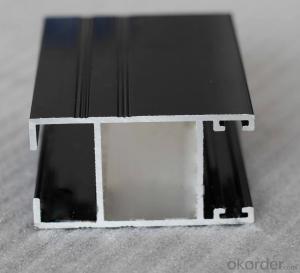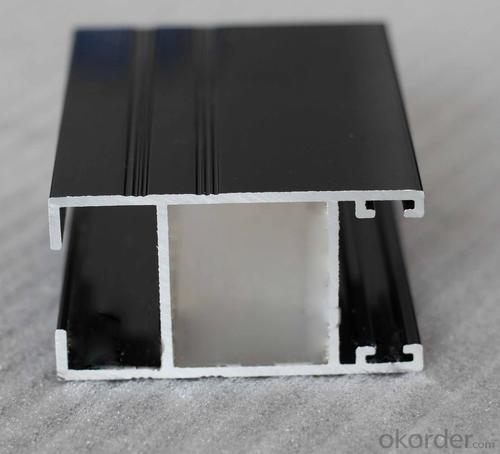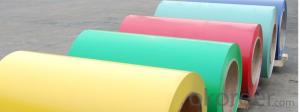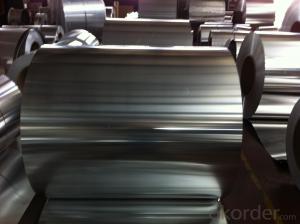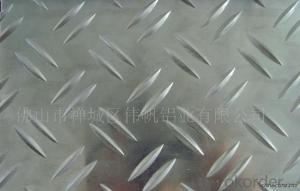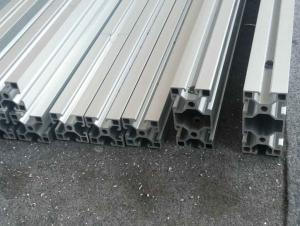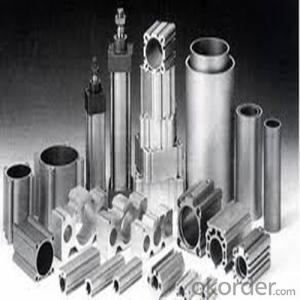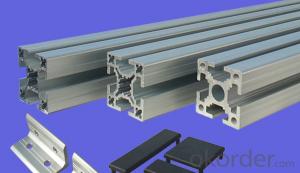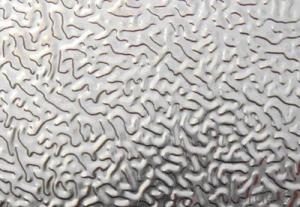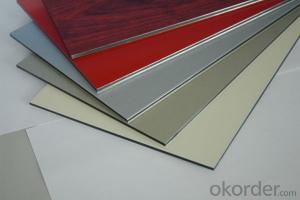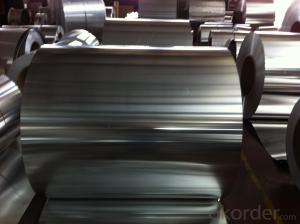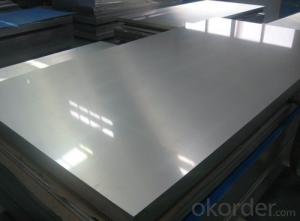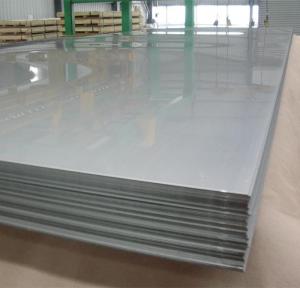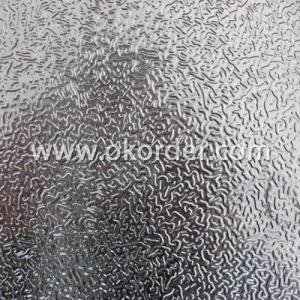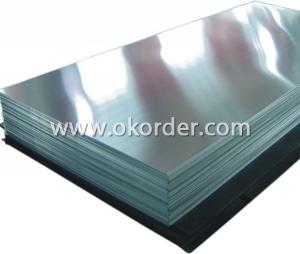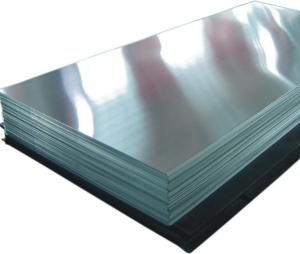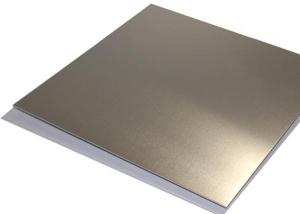Colored Aluminum Sheets Racing for Windows and Doors Construction Usage Extrusion
- Loading Port:
- Shanghai
- Payment Terms:
- TT OR LC
- Min Order Qty:
- 5 m.t.
- Supply Capability:
- 100000 m.t./month
OKorder Service Pledge
OKorder Financial Service
You Might Also Like
Specification
Structure of Aluminium Profile for Windows and Doors Construction Usage Extrusion Description:
We have more than 10 years experiences on manufacturing kinds of aluminum profiles, such as Aluminum Window & Door profiles, Aluminum tile trim profiles, Aluminum profiles for LED light, Round/Square General profiles, Aluminum heat sink, Aluminum heating insulation profiles, Curtain wall Aluminum profiles, and others Industry profiles.
Our products have exported to all over the world, and we also have a large of market share in Algeria, Angola, Philippine, Guinea, Ghana, South Africa, Nepal, Nigeria, Tanzania, Iraq etc.
Main Features of the Aluminium Profile for Windows and Doors Construction Usage Extrusion:
1, Strong R&G: help customers finalize the design, strong tool design ability, excellent, pressing and surface treatment technology;
2, Strong quality management: ISO&SGS SYSTEM;
3, 24 hours on-line communication, professional, patient, flexible;
4, High capacity of manufacturing and wide range of products;
5, We can provide secondary manufacturing.
6, High corrosion resistance, high weather resistance and good wear resistance.
7, Alternative surface treatment: Colorful ANODIZE, POWDER COATING, ELECTROPHORESIS & WOODEN GRAIN. Plentiful colors upon your needs.
8, Excellent material for smooth and subtle edges, elegant appearance.
9, Strong coated adhesion which is suitable for construction and industrial material.
Images of the Aluminium Profile for Windows and Doors Construction Usage Extrusion:
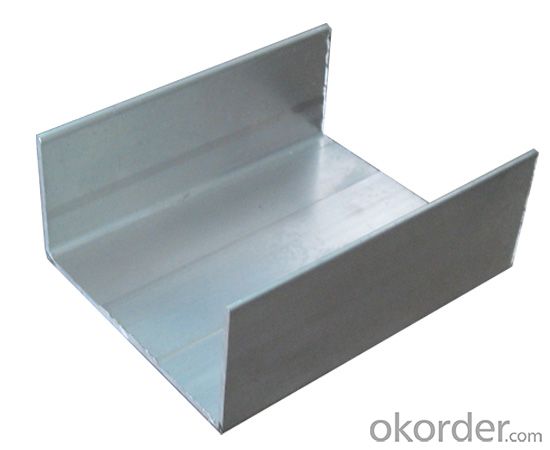
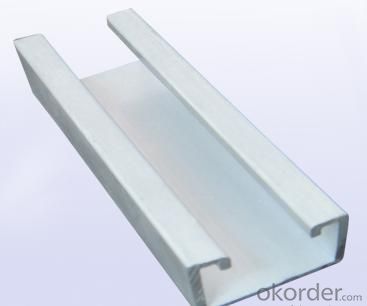
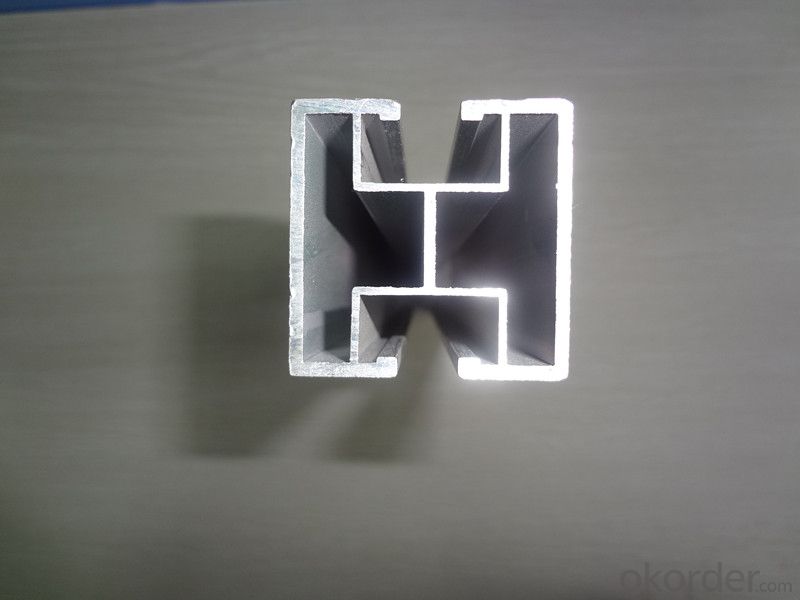
Aluminium Profile for Windows and Doors Construction Usage Extrusion Specification:
Material | Alloy Aluminum 6063,6061,6005 or customer nominated |
Temper | T3, T4, T5, T6 |
Surface | Anodize, electrophoresis, powder coating, PVDF coating, wood grain painting, matted, etc. |
Colour | Any colour based on Standard Germany RAL Mark |
Length | Coating 6.5 meters, Anodizing 6.5 meters, Mill finish 5 meters |
Press Machine | 500-4000 tons all together 64 press lines. |
Fabrication | 1. Windows and doors; 2. Drilling; 3. Bending; 4. Cutting; 5. etc. |
Certificate | ISO 9001 |
Moulding | 1. Using our moulds, no fee; |
2. Using customer drawing, opening mould, usually about 10~50 tons then the moulding can be refunded. | |
3. Mould cost is negotiable base on the order quantity | |
Capability | Annual output 100,000 tons |
FAQ:
1.Q: What about leadtime ?
A: Normally the leadtime is 60days after we receive the deposit and confirm the details. All the press machines we use is the best quality in China Yangli brand. The press machine leadtime from Yangli is 50days, the best leadtime we can give is 60days.
2.Q: What's the lead time for moulds?
A: Normally the mould leadtime is 45 days after we confirm all the details with customer. Our professional mechanical enginners from Austria will design the mould according to the samples from customer, or by the specifications offered by customers.
3.Q:What kinds of mould you can make? and what is your strong point for the moulds?
A: we can make wrinkle wall mould and smooth wall mould both. For wrinkle wall mould we can make, 79" pan, fish pan, bbq pan. For smooth wall mould we can make muffin cup, and cake cup, tar cup,etc. We can also make 2 or 3 portion conatiner moulds as long as you offer us sample or specifications. Our strong points are all our moulds are WEDMLS cut, which makes the mould more accurate and precise. Important materials likestainless steel parts we make in Austria. We also recut after heat treatment, which most of makers do not take this process.
- Q: Can the aluminum sheets be used for manufacturing power transmission lines?
- Yes, aluminum sheets can be used for manufacturing power transmission lines. Aluminum has several properties that make it suitable for this purpose. First, aluminum is a lightweight material, which makes it easier to handle and transport compared to other metals like copper. This can help reduce installation costs and make the power transmission lines more efficient. Second, aluminum has good electrical conductivity, although it is not as conductive as copper. However, due to its lighter weight, aluminum can still achieve similar electrical performance as copper while using less material. This can result in cost savings and lower energy losses in the transmission lines. Furthermore, aluminum has excellent corrosion resistance, which is crucial for power transmission lines that are often exposed to various weather conditions and environmental factors. Aluminum can withstand harsh conditions and maintain its structural integrity over time, ensuring the reliability and longevity of the power transmission infrastructure. In conclusion, aluminum sheets can indeed be used for manufacturing power transmission lines due to their lightweight nature, good electrical conductivity, and excellent corrosion resistance.
- Q: Does anyone know anything about the value of aluminum can(beer, soda, etc.) pull tabs? I have heard a rumor that the tabs are worth more than the cans and that a gallon jug of tabs can be sold at recycling centers for several hundred dollars.Anyone know if this is really true?
- This Site Might Help You. RE: value of aluminum can pull tabs? Does anyone know anything about the value of aluminum can(beer, soda, etc.) pull tabs? I have heard a rumor that the tabs are worth more than the cans and that a gallon jug of tabs can be sold at recycling centers for several hundred dollars.Anyone know if this is really true?
- Q: What is the cost of aluminum sheets?
- The pricing of aluminum sheets can fluctuate based on a range of factors, including the thickness, size, and grade of the aluminum. Moreover, market conditions and the pricing policies of suppliers can also impact the cost. To obtain the most precise and current pricing information for aluminum sheets, it is advisable to reach out to local suppliers or conduct an online search.
- Q: I deal with aluminum plate material 2A12, thickness 14mm, crack, same temperature treatment, diameter 8mm aluminum bars, no cracks, original aluminum plate quenching crack, and aluminum plate, the material is closed
- There are no special cracks in the aluminum bars, such as 1 of the heat distortion, 3 of the metallurgical quality, 2 of the solid solution system, the reasonable analysis of the crack location and appearance
- Q: I have a friend to purchase a number of aluminum, used to make computer cooling plate. He asked me to help with the supplier, can I look at the Internet, there are many kinds of aluminum, would like to ask: what kind of computer cooling plate used to do a bit better? What are the suitable suppliers in Guangdong?
- Computer cooling aluminum plate, mainly using 6063 T5 high quality aluminum and high quality copper, they are mainly used to make aluminum extrusion fin. 6063 T5 high-quality aluminum material can reach more than 98%, and its heat conduction ability, small density, cheap price, so get the love of major manufacturers.At present, the common aluminum extrusion fins are made of copper and aluminum alloy, and each of the two has its own advantages and disadvantages.
- Q: I'm was thinking of buying an aluminium bike but I saw some good bikes with hi-ten.
- hi ten is always cheap heavy junk on the other hand aluminum can be pretty crappy too if it costs under $300 don;t expect miracles either way but i would still say aluminum wle
- Q: Aluminum knowledge. What is the model 3003 H24? What does H mean?
- 3003 is aluminium manganese alloy aluminum plate (Al--Mn), which is mainly composed of manganese.H24: continuous casting, continuous rolling, Zhang Liqiang and partial toughening.Is the aluminum plate with a thickness of more than 0.2mm to 500mm, 200mm width, length less than 16m aluminum material called aluminum plate or aluminum sheet, aluminum is below 0.2mm, 200mm within the width of the row material or bar (of course, with the progress of the large equipment, the width can be 600mm row material also more). Aluminum sheet refers to the rectangular plate made of aluminium ingot rolled and divided into pure aluminum plate, alloy aluminum plate, thin aluminum plate, middle thick aluminum plate and pattern aluminum plate.Aluminium alloy is added in the process of aluminum alloy elements (main alloying elements copper, silicon, magnesium, zinc, manganese, minor alloying elements such as nickel, iron, chromium, titanium, lithium, etc.) in order to improve the mechanical properties of aluminum and chemical index. Alloy aluminum sheet has some special properties of pure aluminum plate, and is widely used in special environment, such as ship, refrigerator, mould, aerospace equipment, etc..
- Q: How are aluminum sheets manufactured?
- Aluminum sheets are manufactured through a process called rolling. The process starts with aluminum ingots, which are heated and then passed through a series of rolling mills. These mills apply pressure to the ingots, reducing their thickness and lengthening them at the same time. As the ingots pass through the mills, they are gradually transformed into thin sheets of aluminum. The rolling mills consist of a series of rollers, which are typically made of steel. The rollers rotate in opposite directions, and as the aluminum passes between them, it is squeezed and stretched. This continuous process of rolling helps to refine the aluminum's grain structure and improve its mechanical properties. To ensure the proper thickness and surface finish, the aluminum sheets may go through multiple passes in the rolling mills. Each pass gradually reduces the thickness of the sheet until the desired thickness is achieved. The final pass also imparts the desired surface finish. After the rolling process, the aluminum sheets may undergo further treatments such as annealing or surface treatments to enhance their properties or appearance. Annealing involves heating the sheets to a specific temperature and then cooling them slowly to relieve internal stresses and improve their strength. Once the sheets are manufactured and treated, they are typically cut into desired sizes and shapes. This can be done through shearing, which involves cutting the sheets with sharp blades, or by using specialized cutting machines. Overall, the manufacturing of aluminum sheets is a complex and precise process that involves heating, rolling, and treating the aluminum to achieve the desired thickness, finish, and properties.
- Q: Are aluminum sheets resistant to saltwater corrosion?
- Yes, aluminum sheets are generally resistant to saltwater corrosion. Aluminum has a natural ability to form a protective oxide layer when exposed to air or water, including saltwater. This oxide layer acts as a barrier, preventing further corrosion and protecting the underlying metal. Additionally, aluminum is lightweight and durable, making it a popular choice for various marine applications such as boats, shipbuilding, and offshore structures. However, it is important to note that the resistance to saltwater corrosion can vary depending on the specific alloy and surface treatment of the aluminum sheets. Therefore, proper selection of the appropriate alloy and protective coatings can further enhance the corrosion resistance of aluminum sheets in saltwater environments.
Send your message to us
Colored Aluminum Sheets Racing for Windows and Doors Construction Usage Extrusion
- Loading Port:
- Shanghai
- Payment Terms:
- TT OR LC
- Min Order Qty:
- 5 m.t.
- Supply Capability:
- 100000 m.t./month
OKorder Service Pledge
OKorder Financial Service
Similar products
Hot products
Hot Searches
Related keywords
